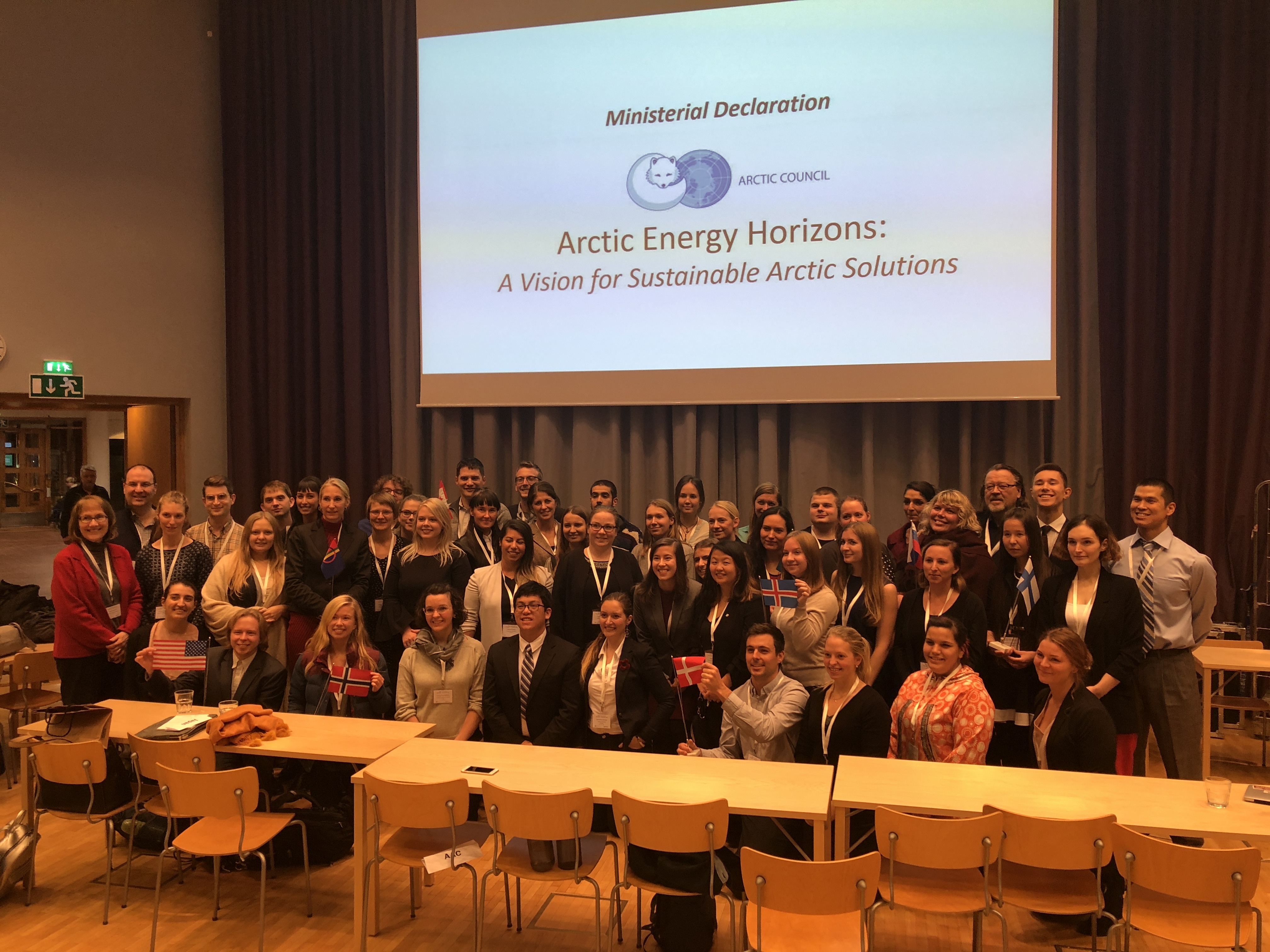How a student-run Model Arctic Council could transform the future of Arctic diplomacy
The Model Arctic Council, a program based on the Model United Nations, is helping university students learn international Arctic collaboration — and perhaps offering lessons for real diplomats, too.

The Arctic Council, with representation from eight Arctic nations and six indigenous groups, has become a model platform for circumpolar collaboration.
Council representatives met in Finland for two days in early November for updates on sustainable development and environmental protection. Senior Arctic officials will report back to their home governments with recommendations.
The council serves as a way to build consensus on complex topics ranging from pollution to climate change.
The critical thinking and communication skills necessary for such bodies to function doesn’t come into existence by magic. There is no substitute for practice and study.
One of the hopeful signs for the region’s future is that a new academic program has begun to provide an opportunity for the next generation of Arctic leaders to develop these essential skills.
It is called the Model Arctic Council, a learning system fashioned after the Model United Nations, the program in which students who immerse themselves in the issues that complicate international relations operate a simulated UN.
The simulation allows students to get a glimpse of life beyond the classroom and find ways to overcome language barriers, cultural differences and divergent opinions.
The gathering of 51 students from 32 universities at the University of Lapland in Rovaniemi, Finland coincided with the Arctic Council session of diplomats.
This was the second Model Arctic Council forum, following one that took place in 2016 in Fairbanks. The student simulation included a forum meeting on key issues that took place with the Arctic leaders as an audience.
At the conclusion of their presentations, the students received a standing ovation from the Arctic diplomats, said University of Alaska Fairbanks History Professor Mary Ehrlander, one of the organizers.
“The first couple of days were rather stressful, with students feeling confused and jittery, but they rose to the challenge, internalized their roles, found their voices, and performed brilliantly in the end,” said Ehrlander.
“The program really illustrated the value of simulation in demanding students’ best efforts and forcing them to learn the subject matter and their respective positions.”
Ehrlander and fellow UAF professor Brandon Boylan said they hope that the Arctic Council will officially endorse the college program as a training opportunity for diplomats of the future.
Danae Benson, a student from the University of Alaska Fairbanks, said as a “proud indigenous person I am glad to share my heritage with such a welcoming, open-minded and inspiring group” of international students.
The students discussed major issues related to oil and gas development in the Arctic—recognizing a critical dilemma that confronts the region—how to balance economic needs with environmental and cultural protections.
The group proposed a new working group to “support collaborative research on, and to identify and develop best practices for Arctic-specific challenges in energy production, diversification, and technology.”
They issued a policy statement dealing with oil spill prevention in which they endorsed the highest standards used by the industry and encouraged research on ways to protect communities and the marine environment.
They also encouraged the “enhanced coordination of rapid response for rescue and disaster cleanup in Arctic waters, given the extreme environmental conditions of the Arctic.”
Another highlight was the emphasis on assisting indigenous populations with “adapting to further socioeconomic impacts and mitigating environmental changes,” while recognizing the need to “enhance the educational training of personnel employed in the Arctic.”
Hearing about the experience in Finland reminded me of an exchanged I witnessed two years ago during the first simulated exercise in Fairbanks.
One participant referred to the Model Arctic Council and the “Real Arctic Council.”
Responding to that phrase, David Balton, then a deputy assistant secretary in the U.S. State Department, said he believed the model council is just as real as the other one.
“You feel like you are playing roles. Don’t you think that’s what I’m doing right now? We all have roles to play in life,” he said.
Ehrlander and Boylan said they envision the Model Arctic Council meeting once every two years at an institution in whichever country is then chairing the Arctic Council.
The chairmanship of the council shifts from Finland to Iceland for 2019-2021, where the University of Akureyri will host the next Model Arctic Council.
Columnist Dermot Cole lives in Fairbanks and can be reached at [email protected].